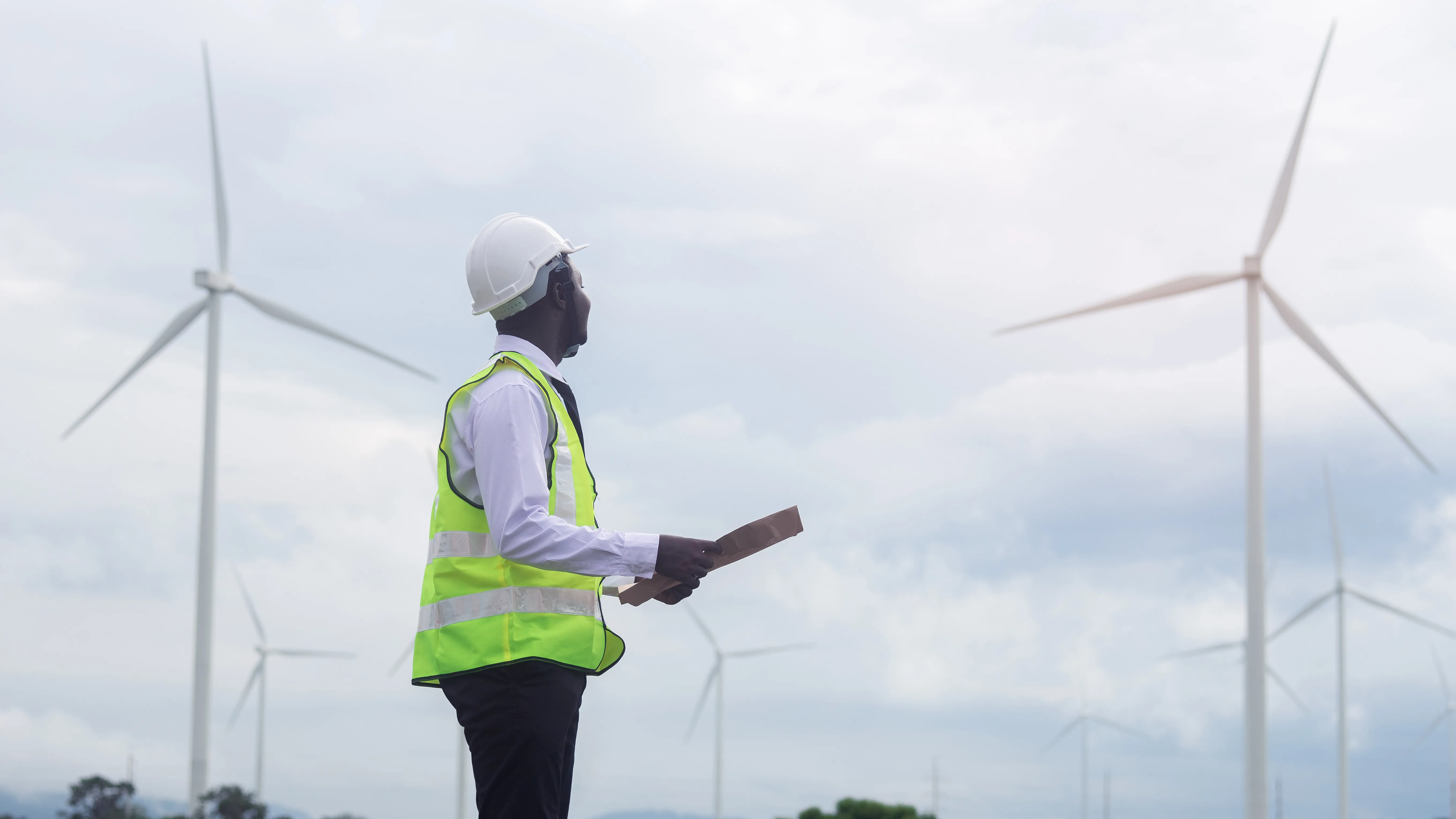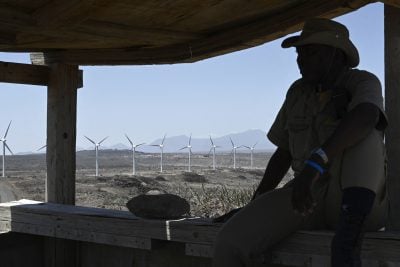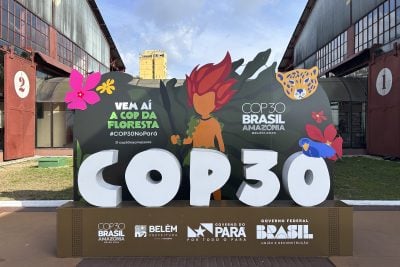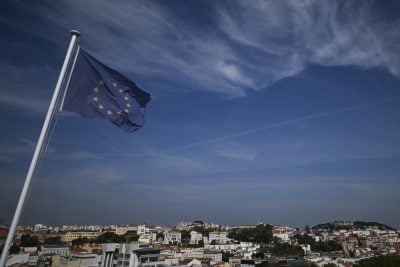Over time, independent power projects (IPPs) have emerged as Africa’s fastest growing energy sector structures, spreading in popularity across borders and meeting with a surfeit of investment as private sector backers gain comfort with the continent’s liberalising power markets.
Though up to now the IPP model has focused on a clutch of major markets – the likes of South Africa and Kenya – these privately financed, owned and operated projects are starting to capture new territory.
The figures show a picture of steady growth. According to the International Renewable Energy Agency (IRENA), since 2000, 340 IPPs have been operating, under construction or reached financial close in 36 countries in Africa, representing 30 GW of installed capacity (of which about half are renewables based) and an impressive $61bn of total investment.
IPPs are starting to scale up, with the pace of growth in renewables in particular pushing the envelope. According to IRENA, investments are now larger and dominated by renewable energy.
This is the consequence of the series of reforms undertaken by governments, which has seen the deployment of structured procurement programmes such as feed-in tariffs and auctions, which have helped galvanise funding for African IPPs.
Rise of renewables
The good news is that renewables are now attracting more financial support. As the agency notes, 85% of the IPPs that have reached financial close since 2010 are renewables based, amounting to more than 12 GW of installed capacity. Before 2010, renewable electricity installed capacity on the continent totalled just over 1.5 GW.
The falling costs of renewable energy technologies have helped drive the trend.
So who is doing most of the funding for Africa’s most recent wave of IPPs? IRENA estimates that one-third of the direct investment comes from development finance institutions and multilateral development banks such as the Netherlands’ FMO, France’s Proparco, the International Finance Corporation (IFC), the European Bank for Reconstruction and Development, the European Investment Bank and Germany’s KfW.
This support has been extended in a variety of means, including direct investment (equity and debt), technical assistance, risk mitigation, and structured procurement programmes combining all those instruments.
Increasing sophistication
As comfort levels with IPPs increase, African IPPs are likely to tap into other sources of investment. One such is institutional capital, such as pension funds and insurance companies.
For example, in Nigeria’s Azura-Edo IPP, pension funds from Nigeria and South Africa as well as those from Europe and the US participated in the financing of the project – both through their investment in some of its project sponsors and through infrastructure private equity funds, such as AIIM’s African Infrastructure Fund 2, Actis’s Energy Fund 4 Africa Infrastructure 2, ARM-Harith Infrastructure Fund and the Pan African Infrastructure Development Fund.
As a report from Mercer and MIDA Advisors released in 2021 says, as more large IPPs become operational across Africa, they will likely become an attractive source of infrastructure assets for institutional investors, both for direct investing and investing via infrastructure funds.
This increasing sophistication doesn’t negate the need for continued DFI and MBD support for IPPs. According to IRENA, more than 100 IPPs have benefited from funds arranged by DFIs. These have a catalysing impact in enticing funding from commercial debt providers and private equity partners.
IPPS enter new territory
The positive development is that, thanks in part to the greater availability of funding, IPPs are encroaching into African countries that have hitherto been firmly off investors’ radar screens.
Chad
In December 2021, Chad secured its first ever energy sector IPP with the completion of financing for the first phase of a greenfield solar photovoltaic plant with a total capacity of 34 MW, located 30km north of the capital N’Djamena, and sponsored by Djermaya CDEN Energy – owned by Djermaya Holding Limited, DIPF Africa Limited and Private Infrastructure Development Group (PIDG) company InfraCo Africa Limited.
What’s clear is that concessionary funding has been key to unlocking the deal. Under the terms of the financing agreements, lenders are providing about €36.6m, corresponding to 67.5% of the total project cost. Concessionary loans and funding have come from the EU Africa Infrastructure Trust Fund and PIDG Technical Assistance.
The lenders, advised by law firm Clifford Chance, included the African Development Bank (AfDB), Société de Promotion et de Participation pour la Cooperation Economique and The Emerging Africa Infrastructure Fund Limited – a PDG company managed by Ninety-One.
Gabon
Gabon is another recent entrant to the IPP club. In July 2021, the AfDB approved a €39m loan package for the construction of the 34.1 MW Kinguélé Aval hydroelectric project.
The funding package included €20m from the AfDB, €10m from the Africa Growing Together Fund and €9m in concessional financing from the Sustainable Energy Fund for Africa, a special multi-donor fund managed by the AfDB.
Additional financing to meet the project’s €133.8m budget will come from the IFC, the Canada-IFC Program for Renewable Energy in Africa, the Development Bank of Southern Africa and the Emerging Africa Infrastructure Development Fund. The loan funds will be disbursed to Asonha Énergie, a company created to manage the project.
“We are delighted to support the first IPP project in Gabon”, said Wale Shonibare, director of the Energy Financial Solutions, Policy and Regulation Department at the AfDB. “Kinguélé Aval is a showcase project, and the success of the model provides a useful template for future projects that will help move the country closer towards achieving the government’s 100% clean energy target.”
Namibia
Namibia is also looking to get its first utility scale solar power IPP off the ground later in 2022. State-owned NamPower has launched a feasibility study on a 50-150MW concentrated solar power (CSP) plant. If it gets the green light, it will proceed as an IPP on a 25-year build, own, operate, transfer model.
The project costs are expected to be as much as $1bn, and – critically – will be based on a power purchase agreement denominated in local currency – a rarity on the continent, outside of South Africa. Namibia’s hope is that neighbouring South Africa’s experience in rand-based PPAs will make it easier for it to structure it in this way.
Progress in Kenya
But the story is not just about the frontier markets. More mature markets are doubling down on IPPs.
According to projections from the Berne Union, in Kenya, existing and pending private sector capacity could increase current IPP generation from 2.8bn kWh a year by two to three times in 2030 and increase the annual spend of from $350m on IPP procurement by the same factor.
The investment required for the additional anticipated 1000-2000 MW capacity addition is estimated at $1-2bn with about 40-50% of this could be eligible for export credit agency-backed financing.
Kenya is well placed to attract this funding because it already has a deeper debt market than others. And, said the Berne Union, innovative international efforts such as TCX and Guarantco are delivering new solutions and instruments in both funding and risk markets to support a shift to local currency PPAs.
Here, it cites TCX’s offer of hedging contracts with tenors of up to 20 years and that it is working with local and international banks to build a swap curve in Kenyan shillings.
Despite the impact of the Covid crisis, it is possible to hedge a total volume of about $500m, and perhaps even more, each year in the KES swap market, said the Berne Union.
Combined with the domestic debt market and domestic savings, it reckons there is sufficient funding and hedging capacity to address a good part of the renewable energy sector investment requirements.
With the prospect of new sources of funding entering the continent’s IPP market, and more sophisticated instruments – including local currencies – in the offing, the future looks bright for the country’s burgeoning array of privately operated and financed power projects.
Want to continue reading? Subscribe today.
You've read all your free articles for this month! Subscribe now to enjoy full access to our content.
Digital Monthly
£8.00 / month
Receive full unlimited access to our articles, opinions, podcasts and more.
Digital Yearly
£70.00 / year
Our best value offer - save £26 and gain access to all of our digital content for an entire year!
 Sign in with Google
Sign in with Google 



